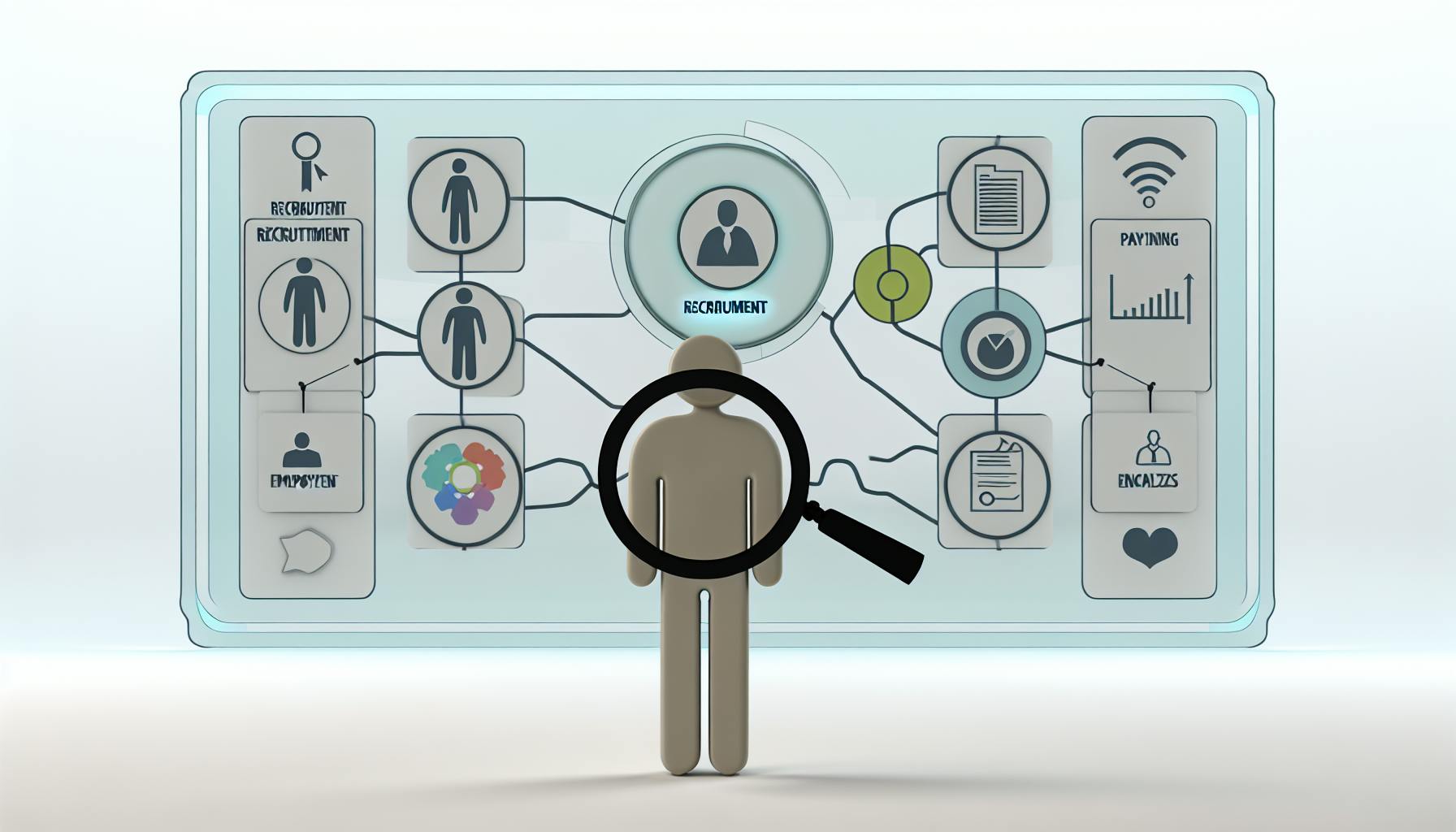Most organizations roll out change the same way. The CEO sets the vision, leadership teams cascade the message down, and employees are expected to get on board. It looks good on paper. But in reality? It rarely works.
That’s because real change doesn’t happen from the top down. It spreads through the informal networks inside your company—the people employees actually trust, listen to, and follow.
So, who are those people? And how can leaders tap into their influence to make change stick?
In a recent episode of The State of Work Today podcast, I sat down with Jeppe Hansgaard, CEO of InnoVisor, to unpack these questions. He’s spent years studying organizational networks and has discovered something fascinating: just 3% of employees influence 90% of their peers.
If you’re not working with them, you’re pushing change uphill.
The Hidden Power of the 3%
Most companies assume that leadership drives change. But Hansgaard’s research tells a different story.
Inside every organization, there’s a small group of employees who have an outsized impact on how people think, work, and engage. These aren’t necessarily managers or high performers. They’re the people others go to for advice. The ones who set the tone in meetings. The trusted voices who shape how employees feel about change before leadership even gets a chance.
But here’s the problem—most organizations don’t know who they are.
Instead, companies invest in leadership training, mass communication campaigns, and engagement programs that never really reach the people who matter most. The result? Leaders make announcements, send emails, and hold town halls, but employees turn to their trusted colleagues—the 3%—to decide if they’ll actually buy in.
If those influencers are skeptical, disengaged, or simply unaware of the change, it’s already failing before it even starts.
Why Traditional Change Efforts Fall Flat
Think about the last major change your company rolled out. Maybe it was a digital transformation, a new set of company values, or a shift to hybrid work.
Now, think about how employees reacted. Did they embrace it? Push back? Ignore it altogether?
Most change efforts fall into one of two categories: slow adoption or outright resistance. That’s because they rely on outdated assumptions about influence. Leadership assumes that their authority is enough to drive change. HR assumes that training sessions will fix the problem. But employees don’t operate that way.
Instead, they listen to the people they trust.
If those key influencers aren’t engaged early, aren’t informed, or don’t believe in the change, the rollout is already dead in the water. Employees will sit back and wait to see how those people react. If the 3% aren’t talking about it—or worse, if they’re dismissing it—it doesn’t matter how many emails, town halls, or initiatives you launch.
The message won’t land.
How to Find—and Activate—Your 3%
So, if traditional top-down methods don’t work, what does?
Hansgaard’s approach flips the usual playbook. Instead of treating all employees the same, organizations need to first find the small group of people who actually shape workplace culture. Then, they need to engage them in a way that feels authentic and aligned with how influence naturally spreads.
It starts with identifying the right people. This isn’t about tenure, job title, or performance reviews. The 3% aren’t always the loudest voices in the room, and they’re rarely the ones raising their hands in meetings.
Instead, they’re the employees others turn to when they need guidance. They’re well-connected, trusted, and respected—not because of their role, but because of their relationships.
Once you know who they are, the next step is engagement. And here’s where most companies get it wrong.
You can’t simply assign them a leadership role or expect them to become corporate messengers. That backfires. Instead, you need to bring them into the process early. Make them insiders. Get their input. Let them voice concerns, shape messaging, and give real feedback.
Because once they believe in the change, they won’t need a script. They’ll talk about it naturally. They’ll bring it up in conversations, meetings, and casual chats. And because employees trust them more than they trust corporate emails, their influence will spread faster—and stick longer—than any top-down initiative ever could.
The Cost of Ignoring Influence
Failing to engage the right people doesn’t just slow down change—it can derail it entirely.
Hansgaard shared a case study about a company struggling to implement a major organizational shift. Leadership had spent months preparing. They announced the change in a company-wide meeting. They sent out training materials. But nothing was happening.
When they analyzed the internal network, they realized why. The most influential employees—the real connectors in the organization—hadn’t even attended the company-wide meeting. They weren’t engaged, weren’t informed, and weren’t spreading the message.
That’s when it clicked for leadership. They had been focusing on authority when they should have been focusing on influence.
Once they shifted their strategy, brought those key employees in, and made them part of the process, the change finally took hold.
What This Means for Leaders
If you’re leading change in your organization, this raises a key question: Are you relying on hierarchy to drive change, or are you leveraging influence?
The answer could be the difference between success and failure.
Because at the end of the day, employees don’t change because the CEO says so. They change because the people they trust are already on board.
And if you’re not working with those people, you’re working against them—whether you realize it or not.
Want to Hear More?
Jeppe Hansgaard’s insights are changing the way companies approach leadership, HR, and change management. If you want to learn more about how to identify your 3% and turn influence into your biggest advantage, listen to the full conversation on The State of Work Today podcast.
Catch the episode here: https://pod.fo/e/2aeeae
